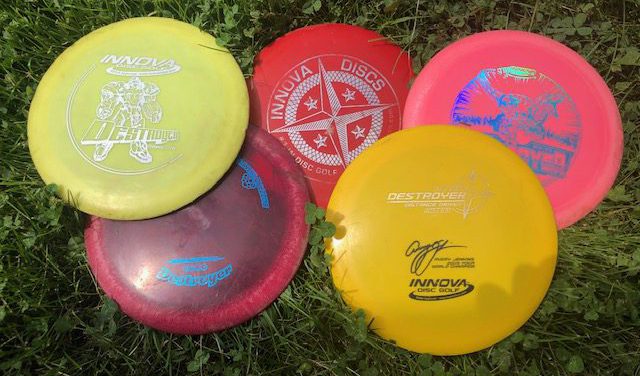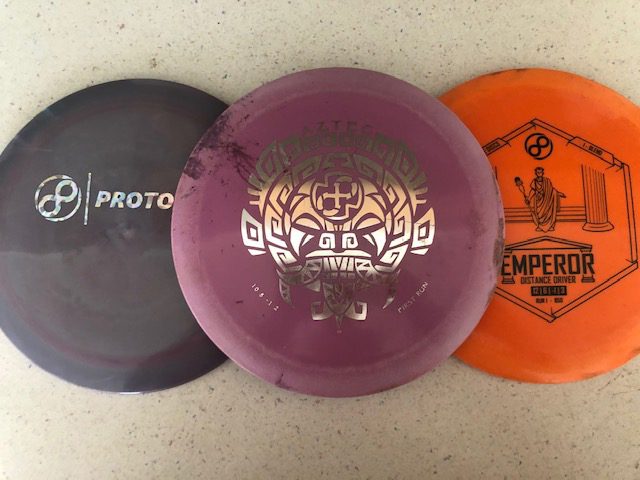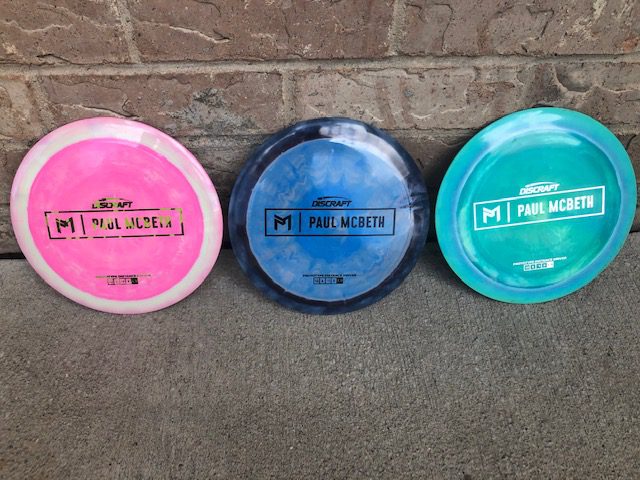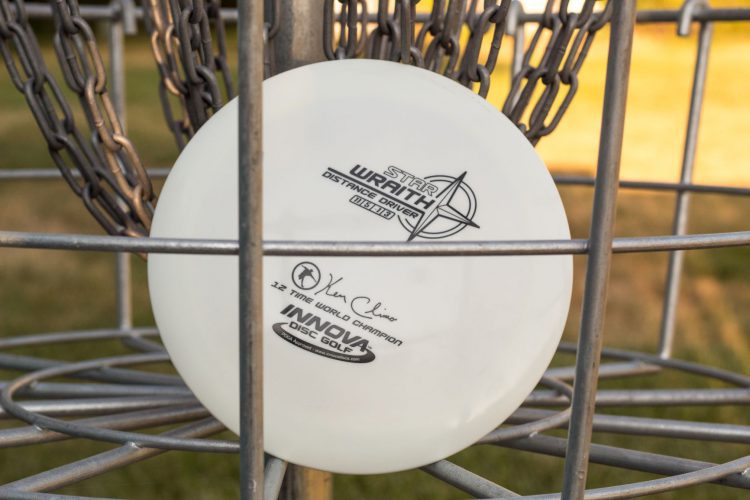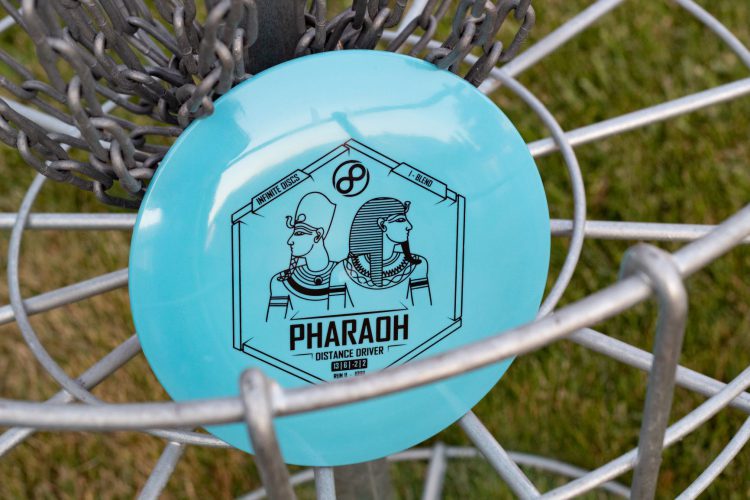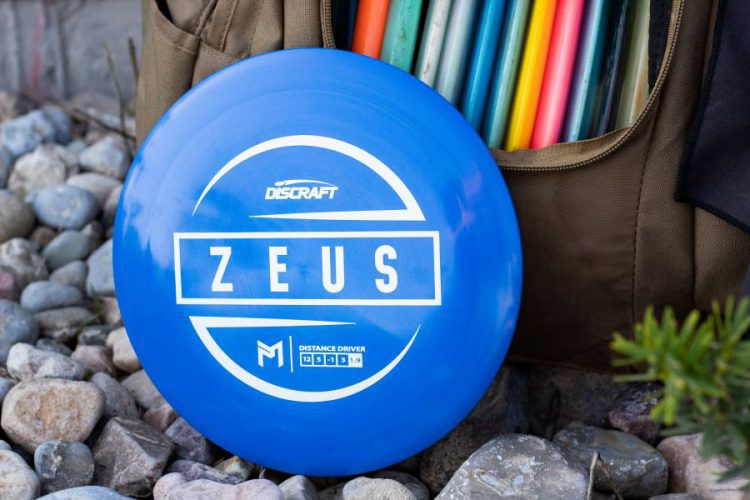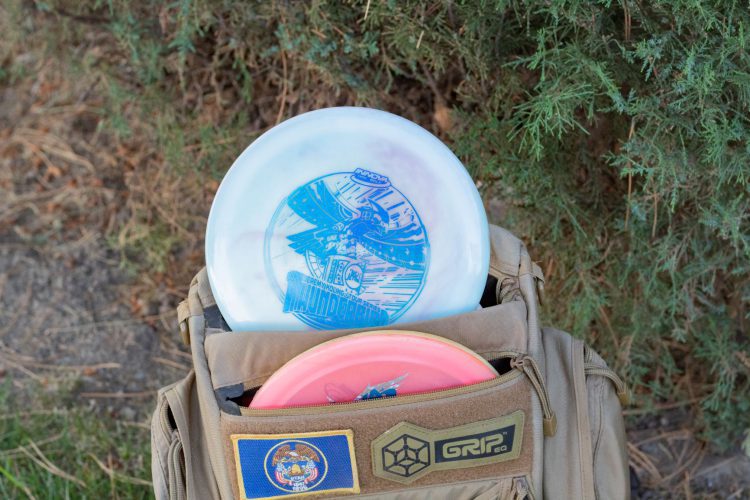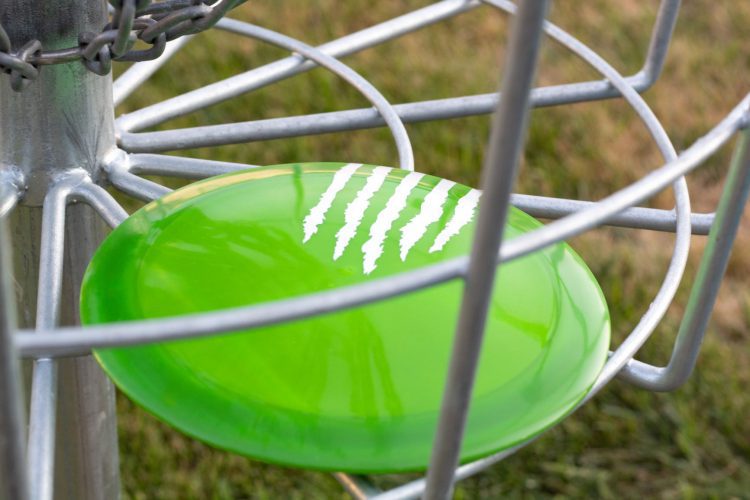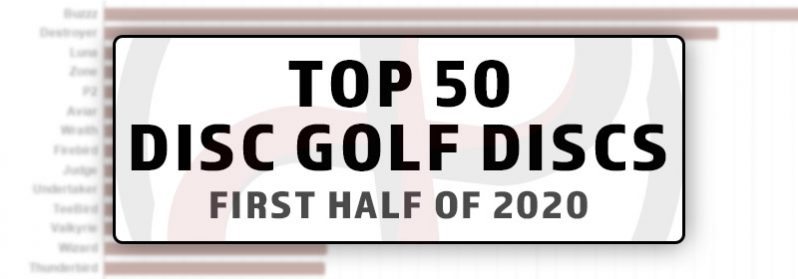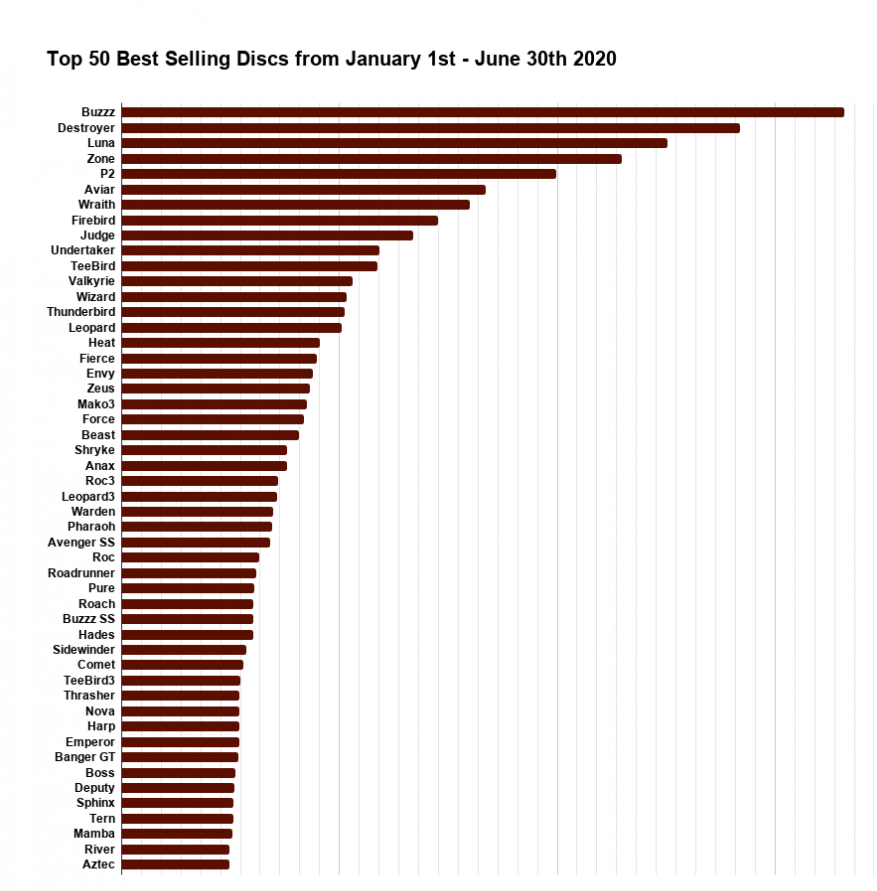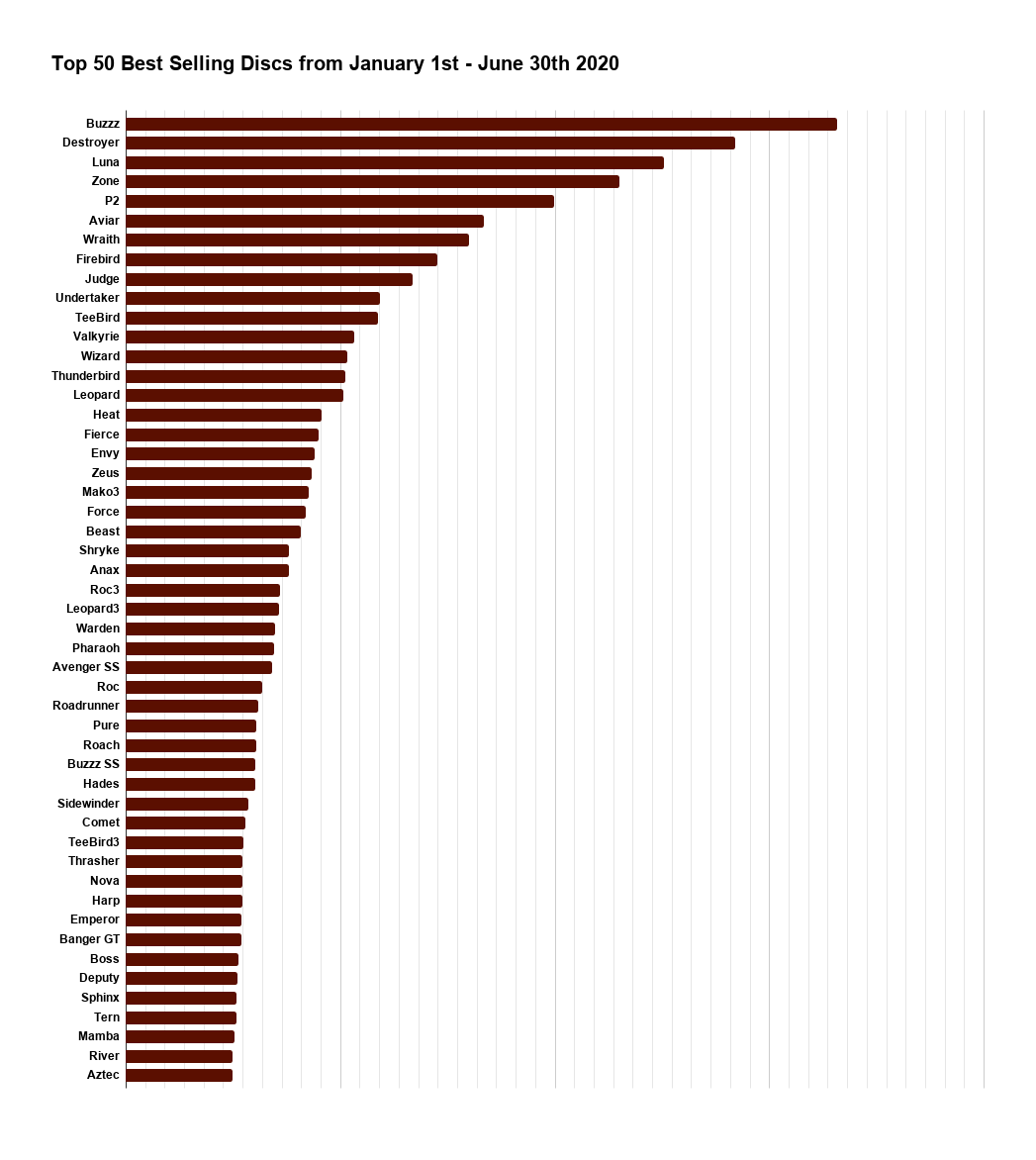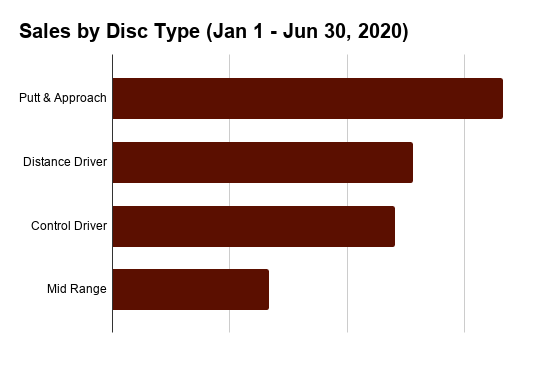Best Disc Golf Fairway Drivers of 2020

Fairway drivers are arguably the workhorse of the disc golf world. With their slower speeds, the can be handled, shaped, and used by beginners and professionals alike. Their stability range gives us the opportunity to shape shots and avoid obstacles. They are slightly more forgiving than distance driver and require less power to throw, fairway, or ‘control’ can more easily be used for technical shots. So, which is the most popular control driver? Let’s find out.
As usual, we will look at our sales records to see which control driver molds have sold the most this year. Then, we will look at the ratings that readers have contributed, including the star rating and the number of reviews. Then we will turn thing over to you to vote! We will give you a chance to vote on your favorite control driver, whether it’s on our list or not.
Best Disc Golf Fairway Drivers
| Sales Rank | Star Rating | Fan Vote | Average | |
| Innova Teebird | 2 | 1 | 1 | 1.3 |
| Innova Firebird | 1 | 4 | 2 | 2.3 |
| Discraft Undertaker | 5 | 6 | 3 | 4.7 |
| Innova Thunderbird | 6 | 2 | 6 | 4.7 |
| Innova Valkyrie | 3 | 9 | 4 | 5.3 |
Taking first in both the ratings and fan vote, the Teebird wins the title of the Best Fairway Driver. This mold has been around for a long time and has proven it’s worth. With a flight rating of 7, 5, 0, 2 the Teebird has won the admiration of many voters. Noe C. said that the Teebird is “Great out of the gate and gets better with age”. Click the link above to get yours!
The Evolution of Disc Golf Discs
For those of us relatively new to the sport, from our perspective the distance drivers that we know and love today have always been a part of the game. Ask a seasoned veteran what ‘high speed’ discs they threw in the nineties and they might reel off a list of molds you’ve never heard of, including molds from Wham-O. The discs we call ‘fairway drivers’ were the ‘high-speed drivers of yesteryear. Fairway drivers were the discs used to cover a lot of ground.
For this blog, we will define control drivers as discs with a speed of 6 through 9. As was mentioned in the blog about the best drivers, speed 9 discs are the ‘tweeners, with some people and manufacturers calling them high speed, and some control drivers.
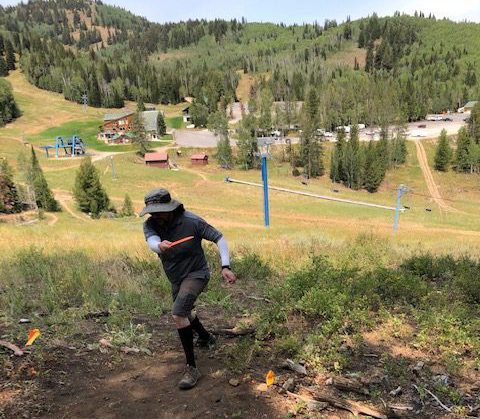
Top Fairway Driver sales for 2020
Let’s start by checking out the best fairway driver in terms of sales. Here is a chart of our sales for fairway drivers for 2020. Innova holds a big chunk of the category, and takes the first four places.
Here is a list of the top 20 molds according to our sales data:
| 2020 Sales Rank | Disc Mold |
| 1 | Innova Firebird |
| 2 | Innova Teebird |
| 3 | Innova Valkyrie |
| 4 | Innova Leopard |
| 5 | Discraft Undertaker |
| 6 | Innova Thunderbird |
| 7 | Discraft Heat |
| 8 | Discraft Anax |
| 9 | Innova Leopard3 |
| 10 | Innova Roadrunner |
| 11 | Innova TeeBird3 |
| 12 | Innova Sidewinder |
| 13 | Infinite Discs Sphinx |
| 14 | Discmania FD |
| 15 | Discraft Raptor |
| 16 | Latitude 64 Diamond |
| 17 | Latitude 64 River |
| 18 | Discraft Stalker |
| 19 | Latitude 64 Explorer |
| 20 | MVP Volt |
The popular overstable mold, the Firebird, leads the way. In second is the straight-flying Teebird. In third and fourth spot are the Valkyrie and Leopard. These last two are very popular discs in starter packs, although starter pack sales were not included in this blog.
Although, once again, Innova and Discraft have the most molds represented, in this category there are three other companies with a mold on the list: Discmania, Latitude 64, and Infinite Discs. One of those three, Discmania, has the FD mold on the list. That molds was PDGA approved in 2011 and has had time to gain a fan base. The other two companies, represented by the Explorer and the Sphinx, are much newer molds, getting approved in 2017 and 2018 respectively.

Rating Rankings
And here is the top 10 by ratings and reviews:
| Rank | Disc Mold | Star Rating | # of 2020 Reviews | Weighted score |
| 1 | Innova Teebird | 4.78 | 42 | 5.02 |
| 2 | Innova Thunderbird | 4.66 | 43 | 4.92 |
| 3 | Infinite Discs Sphinx | 4.9 | 22 | 4.86 |
| 4 | Innova Firebird | 4.64 | 38 | 4.83 |
| 5 | Latitude 64 Explorer | 4.83 | 22 | 4.79 |
| 6 | Discraft Undertaker | 4.77 | 25 | 4.77 |
| 7 | Discmania FD | 4.73 | 20 | 4.66 |
| 8 | Discraft Raptor | 4.76 | 16 | 4.63 |
| 9 | Innova Valkyrie | 4.52 | 31 | 4.61 |
| 10 | Innova TeeBird3 | 4.74 | 14 | 4.58 |
How Old Is The Mold
Although discs in the 6-9 speed range have been around since the early years of disc golf, there have been many discs that have been discontinued or fallen out of favor in the disc golf world. The list above contains discs whose approval date spans over two decades. From the ‘old school’ Innova Teebird, Leopard, Firebird, and Valkyrie, to the freshly minted Anax. The oldest discs on the list were approved in 1999 and 2000, with the newest member of the group getting approved in 2019. The average approval date is about 2011, the same year the Discmania FD was approved by the PDGA for sanctioned play.
Here is a list of the PDGA approval years:
| Innova Teebird | 1999 |
| Innova Leopard | 1999 |
| Innova Firebird | 2000 |
| Innova Valkyrie | 2000 |
| Innova Roadrunner | 2005 |
| Discmania FD | 2011 |
| Innova Thunderbird | 2014 |
| Discraft Heat | 2014 |
| Discraft Undertaker | 2016 |
| Latitude 64 Explorer | 2017 |
| Innova Leopard3 | 2017 |
| Innova Teebird3 | 2017 |
| Discraft Raptor | 2018 |
| Infinite Discs Sphinx | 2018 |
| Discraft Anax | 2019 |
2020 VS Last 8 Years
Out of curiosity, I pulled up the all-time sales for the discs on the list to see how the current year sales for the best fairway drivers compared with the sales for each mold since Infinite began in 2012. Here is the all-time top ten fairway drivers, compared with the top ten for 2020:
| All-Time Sales Rank | Mold | 2020 Sales Rank | Disc Mold | |
| 1 | Innova Firebird | 1 | Innova Firebird | |
| 2 | Innova Teebird | 2 | Innova Teebird | |
| 3 | Innova Thunderbird | 3 | Innova Valkyrie | |
| 4 | Innova Valkyrie | 4 | Innova Leopard | |
| 5 | Innova Leopard | 5 | Discraft Undertaker | |
| 6 | Discmania FD | 6 | Innova Thunderbird | |
| 7 | Innova Leopard3 | 7 | Discraft Heat | |
| 8 | Innova Roadrunner | 8 | Discraft Anax | |
| 9 | Innova Teebird3 | 9 | Innova Leopard3 | |
| 10 | Discraft Undertaker | 10 | Innova Roadrunner |
Averaging Sales With Age of Disc
Many of the molds on the top control driver list didn’t even exist when Infinite opened its doors. The older molds have had a lot more time to get accepted by disc golfers. That makes the newer mold’s place on the list a little more impressive. In an attempt to account for the age of the best control drivers, I took their total sales and divided it by the number of years that the mold has been around to get a sort-of average number of discs sold per year of existence.
For this list, the advantage goes to the much-hyped newer molds that might have short term boosts in sales, but that might fade after time. However, the fact that one of the oldest discs on the top sales list made this list shows the popularity of the Firebird.
| Rank of Sales Divided by Age | Mold | Year Made |
| 1 | Discraft Anax | 2019 |
| 2 | Innova Leopard3 | 2017 |
| 3 | Innova Thunderbird | 2014 |
| 4 | Innova Teebird3 | 2017 |
| 5 | Infinite Discs Sphinx | 2018 |
| 6 | Discraft Undertaker | 2016 |
| 7 | Discraft Raptor | 2018 |
| 8 | Latitude 64 Explorer | 2017 |
| 9 | Discmania FD | 2011 |
| 10 | Innova Firebird | 2000 |
Voting Results: Top Fairway Drivers
What amazing results for the best fairway driver of 2020! There were far and away more different molds chosen as people’s favorite than any other class of disc so far. A whopping 80 different molds received votes! The molds represented all of the larger manufacturers, and many smaller ones. One prototype mold even made the top five. We also received more total votes for this category than any other so far. Let’s jump into the results!
| Rank | Mold | Percentage of Votes |
| 1 | Innova Teebird | 8.6% |
| 2 | Innova Firebird | 8.1% |
| 3 | Discraft Undertaker | 6.5% |
| 4 | Innova Valkyrie | 5.4% |
| 5 | AGL Locust | 4.3% |
| 6 | Innova Thunderbird | 3.8% |
| Latitude 64 River | 3.8% | |
| 7 | Dynamic Discs Explorer | 3.6% |
| 8 | Infinite Discs Sphinx | 3.4% |
| 9 | Discmania FD | 3.2% |
| Innova Leopard3 | 3.2% | |
| 10 | Innova Eagle | 2.5% |
| Innova Sidewinder | 2.5% | |
| 11 | AGL Sycamore | 2.3% |
| 12 | Innova Leopard | 2.0% |
| 13 | Axiom Crave | 1.8% |
| Discraft Heat | 1.8% | |
| MVP Volt | 1.8% | |
| 14 | Dynamic Discs Escape | 1.6% |
| Innova Teebird3 | 1.6% | |
| Dynamic Discs Getaway | 1.6% |
Voting Highlights
In some close voting the Teebird just edged out the Firebird as the favorite disc among voters. Many voters explained their choice for the Teebird:
- Bryant V: I throw forehand 90% of the time and it is my most predictable disc. I can get it to go wherever I want it to go especially right to left.
- David P: Does everything I need it to!
- Colby: Best disc there is. Period.
Most of the top molds on the list also made the list for the top sales of 2020. A couple of notable exceptions are Above Ground Level’s Locust and Sycamore. The Sycamore has a flight rating that is slightly less overstable than a Teebird. While the prototype Locust sports a flight rating of 9, 4, -1, 3. The Locust even broke the top 5 for votes tallied. The disc was released as a prototype, but Infinite has ordered the disc and they will be available soon. Many voters heaped praise on the disc.
- David D: The Locust from AGL Discs has been an absolute go to disc. Since getting my first one it has opened up my game so much. Definitely a disc that will always be in my bag.
Although Innova made up nearly have of the top voted molds, there was a total of nine different manufacturers that made the top 20 list. Quite a diverse bit of voting. In addition to the high number of different molds that were selected as people’s top choice, 56 molds received multiple votes.
As promised, we randomly selected a winner for the $50 gift card, and the winner is Drew P!
Let Us Know Your Favorite Fairway Driver
Now it’s your turn to let us know about your favorite fairway driver. Even if your disc didn’t make the list, let us know what it is, and why it is the best disc for you. Only comments with explanations of “why” will be eligible for the gift card. We will add the votes to our criteria for selecting the best fairway driver for 2020. This blog post will be updated next week with the final list of the top molds.

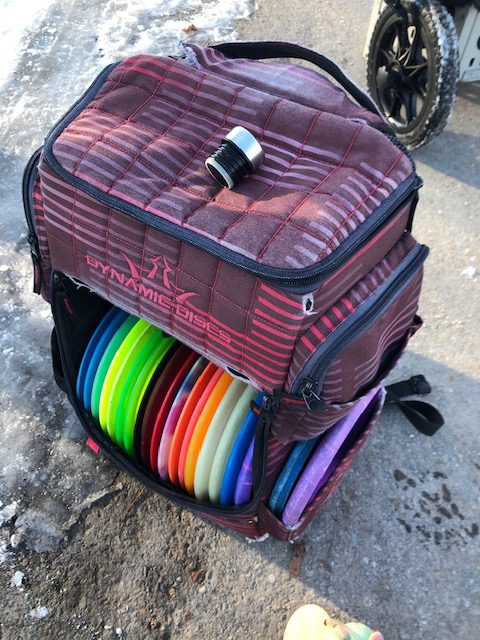
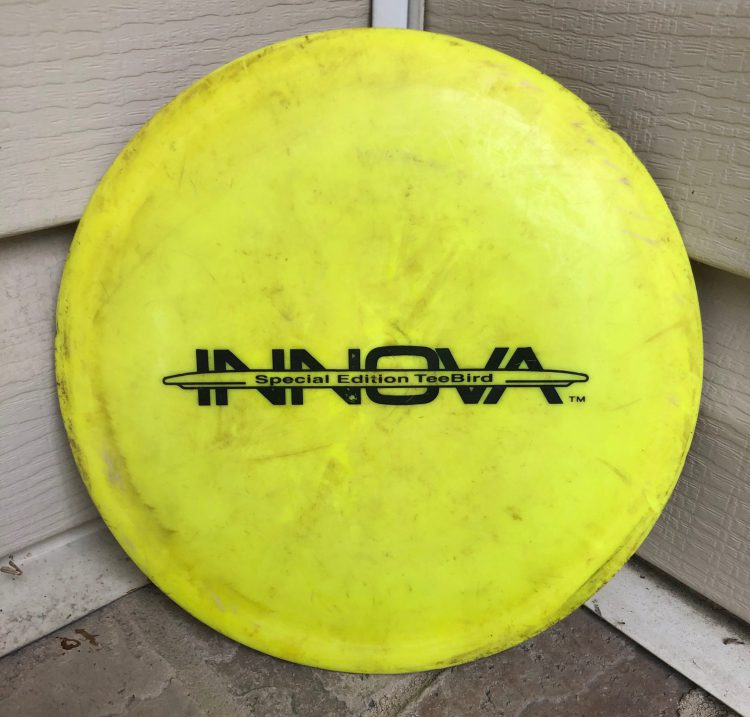

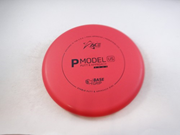 Prodigy designed the Ace Line plastic to have excellent quality and performance. It is meant for all players, from beginner to advanced. Also, they make this plastic available at an accessible price point.
Prodigy designed the Ace Line plastic to have excellent quality and performance. It is meant for all players, from beginner to advanced. Also, they make this plastic available at an accessible price point.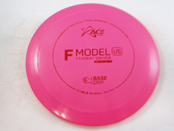 This fairway driver is designed to be understable, intended for the beginner to intermediate players. Prodigy created this disc to have an understable to straight flight path. Despite it being a 10 speed it feels like a fairway driver.
This fairway driver is designed to be understable, intended for the beginner to intermediate players. Prodigy created this disc to have an understable to straight flight path. Despite it being a 10 speed it feels like a fairway driver.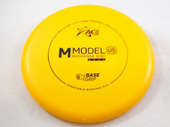 The M Model US midrange is another understable to stable disc that flies pretty straight, which makes this an all-purpose midrange. The rim is comfortable to the grip, and easy to work with for all types of players.
The M Model US midrange is another understable to stable disc that flies pretty straight, which makes this an all-purpose midrange. The rim is comfortable to the grip, and easy to work with for all types of players.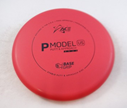 This is a understable putter that has a lot of glide to it. It also has a beadless rim making it feel comfortable to grip. Prodigy designed this disc for the beginner to the advanced player.
This is a understable putter that has a lot of glide to it. It also has a beadless rim making it feel comfortable to grip. Prodigy designed this disc for the beginner to the advanced player.
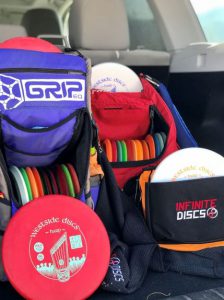 The Harp is a very overstable approach putter. I’ve had great success flicking it, using it on hyzer throws, and for straight approaches. It is a trusty putt-and-approach disc that can handle some power. I’ve been throwing the Harp in BT Hard plastic which has some good grip to it and it can handle some tree hits and rough landings on rocks. Despite all the collisions I’ve put it through, I haven’t noticed much of a loss in the BT Hard Harp’s stability. This is a
The Harp is a very overstable approach putter. I’ve had great success flicking it, using it on hyzer throws, and for straight approaches. It is a trusty putt-and-approach disc that can handle some power. I’ve been throwing the Harp in BT Hard plastic which has some good grip to it and it can handle some tree hits and rough landings on rocks. Despite all the collisions I’ve put it through, I haven’t noticed much of a loss in the BT Hard Harp’s stability. This is a 
